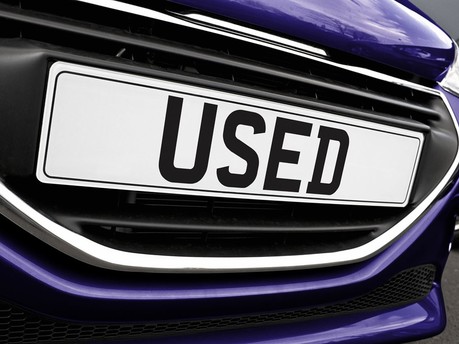How Does The Number Plate System In The UK Work?
The month of September brought with it a brand new number plate - welcome to the 70’s! All vehicles registered from the 1st September 2020 through until the end of February 2021 now receive a 70 registration plate.
The DVLA (Driver & Vehicle Licensing Agency) is responsible for launching new plates for brand new vehicles, which they do so twice a year. So how does the UK number plate system work?
In March and September each year, new vehicles are plated with an updated registration number. This allows a vehicle to be identified by year (age) and where it’s from (place of registration).
Let’s take a look at what the numbers and letters on each registration plate actually means…
The first two letters are representative of the locality in which the vehicle was registered, known as an area code.
The two digits that follow are displayed in third and fourth position along the plate, which represent the age of the vehicle. So from September 2020 until February 2021, the reg plate will now read 70.
The final three letters listed on a number plate (which are ordinarily separated from the first four letters and digits) are randomly chosen and then allocated to the relevant dealership when the car is initially registered.
But what if you’d like a personalised plate? Then you can begin your search on the DVLA website, where they house millions of matches for bespoke words and initials.
If you’re not in the market for a brand new vehicle, at Avalon Motor Company we specialise in the sale of used vehicles of various makes and models. We offer a large, comprehensive range of vehicles with prices to suit every budget.
Click here to search our range of used cars and used vans online, or visit our showroom on the Avalon Trading Estate in Glastonbury.





